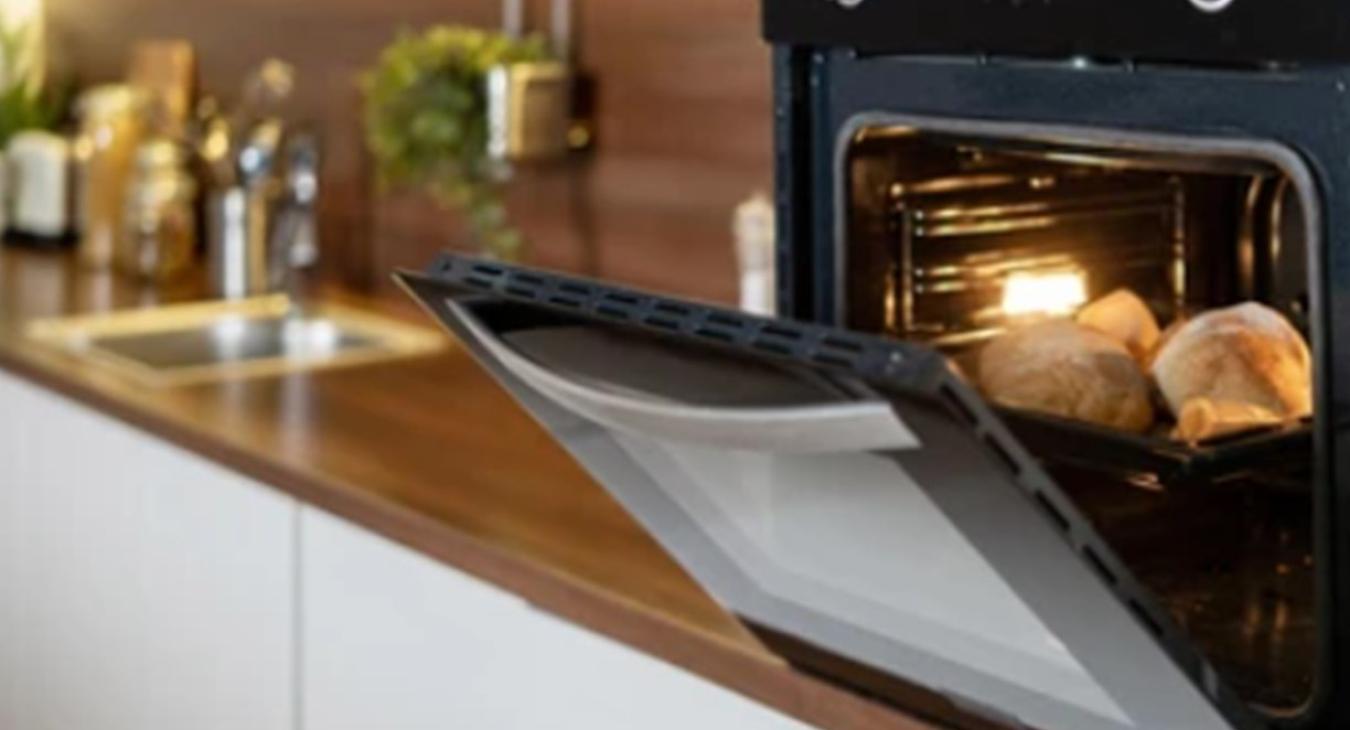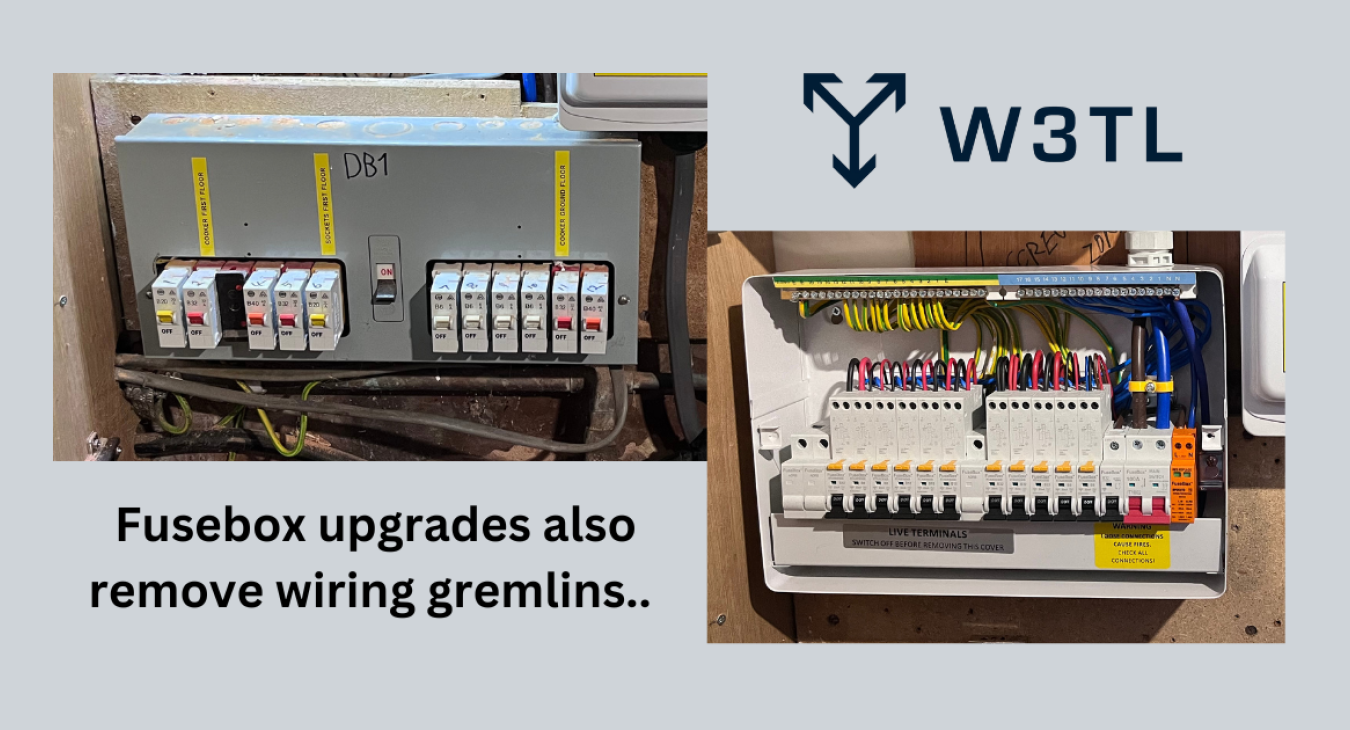
Upgrading? replacing the broken? or splashing out for that appliance from the tele?
Sooner or later, you are going to need to buy an appliance or replace the one you have.
Perhaps your one has broken and its more economical to replace. Maybe you’re in the ‘upgrade’ box or perhaps you’d like to have that appliance you’ve seen them using on that cookery show.
Whilst choosing an appliance can be a minefield of brand names, model numbers, and all things in between, this can often be helped by having an appliance retailer guiding you through it.
However, despite the best efforts from the king of washing machines or the champion of ovens, there is always a limit to how much information they are going to be able to help you with regarding the practical side of things.
Ever brought that fridge and realised it doesn’t fit though the door?
How about the oven that now has a gap above it because the last one was bigger?
If you have had to leave that hob in its box because you’ve been told it too powerful for your electrical system, then perhaps this article is for you.
Before you head off to John Lewis, Euronics, or jump on to AO.com, lets make sure we fully understand what the implications are of any choice you may need to make on your new appliance.
For the purposes of this guide, an appliance will be of the type that once installed, it is unlikely to move. So, kettles and toasters don’t count, but ovens, hobs, fridges, washing machines, tumble dryers and dishwashers are all example of appliances that we need to give some thought to before we commit to buy.
Let us start with a new appliance for a new kitchen that is being designed from scratch
A blank canvas when shopping for appliances is the best time to be buying appliances. This is mostly down to everything else being designed at the same time, and any supplier of the appliance will often also be the supplier of all the other things that are going into and around the said appliance.
An example of this would be a kitchen supplier designing a kitchen with you, and then offering a range of appliances for you to then pick from which they will then factor into the design and ensure that the appliance fits correctly and is positioned where you want it.
This means that for the most part, you can essentially pick whichever appliance you want. Whether that be the best performing, the most popular, the one with the cool doors, or perhaps it’s the one that does what it says on the tin for a great price.
Either way, whichever appliance you go for, the rest will be very straightforward.
Supplying your appliance with electricity/gas/water
As an installer, we will need to make sure that your electrical system is capable of supplying the amount of energy you need to run the appliance, which, at this stage, we now know because all of the details are available from the kitchen designer.
Therefore, we need only to select the correct cable, the correct circuit protection, and install the fixed wiring into your kitchen space before your appliance is even unloaded from the truck.
Appliances, as a fixed item in an electrical system, will have a specified amount of energy consumption. Here it can be a little technical, however, we will keep it really simple. If the appliance is a simple on and off, then we will need to ensure that the running consumption is completely covered. For example, if you were to use a fridge, and it required a 2-amp supply, we would ensure that the cable and protective device that supplies this appliance can deliver these 2 amps reliably.
If instead, you have an appliance which has different settings, say a hob for example, it is unlikely that you will use all the burners all the time, and on their maximum setting. Therefore, there is a measure of judgement needed as to whether we install a cable for you that will cover the use of all of the rings, all of the time, or, and for more likely, we install a cable for you that will cover a percentage of the maximum demand.
This is what we refer to as diversity. Whilst there are suggestions that we can implement when deciding what amount of electrical energy we want to supply to any appliance, it can limit us and cause problems down the line. For example; a user may decide they want to cook a roast dinner for an extended family after the installer has been told it was for a single homeowner who was only looking to warm up some beans and has subsequently used diversity and installed a comparatively smaller supply cable.
This can be a more concerning problem if you are installing a range cooker, and more so if it is completely electric and doesn’t benefit from a dual fuel supply.
Switching from Gas to Electric?
Installers are sometimes asked to replace an existing appliance already fitted to an electrical system. The loading of the appliances (the amount of energy it uses) varies considerably
When designing the circuit for an appliance, its good to ensure that you are future proofing the circuit otherwise it can limit the user if they then decide to change the appliance in the future. An example for you again would be of a hob; lets say a gas hob has been installed which requires an electrical connection for the ignition function. Then, some time later, the homeowner decides that they would like an electric induction hob. The difference in the required electrical supply would be enormous, as an ignitor requires almost no energy to operate, yet an induction hob can easily surpass 20 amps whilst operating.
The existing gas appliances electrical connection can often be from a ring final circuit in a kitchen. Whilst this serves the ignitor for the gas hob, attaching a high powered single appliance to the ring final would almost certainly bring problems.
Using a kitchens socket circuit for a fixed appliance
A kitchen ring final is a type of circuit that is used because of its ability to deliver a large amount of electrical energy in a cost-effective way. Except, in a kitchen, you may find that you will reach the capacity of this circuit very easily. Its not unlikely that you would boil the kettle and toast some bread. With just these two appliances running simultaneously, you will be using around 70% of the circuits capacity at one time.
Add the use of a washing machine, a tumble dryer, or even a dishwasher, and you will be overloading your circuit resulting in a loss of power due to the circuit switching off. So, if we are looking at accommodating an appliance, we often need to decide, whether the appliance requires a dedicated electrical supply, or whether we can get away with connecting the appliances to a local electrical circuit like the ring final in the kitchen.
As a guide, any appliance that generates heat as its primary function is likely to draw a lot of electrical energy to operate. For this reason, appliances like hobs and ovens will almost always have their own supply. It has become common practice to group other appliances together on a circuit to better spread the load of the electrical energy away from the local ring final circuit.
For example, a popular way to do this is to install a utility circuit which would power a dish washer, washing machine, and sometimes a tumble dryer. This means that the kitchen ring final is free to power everything else. Other than a kettle or toaster, there are few appliances that are likely to cause problems for the electrical supply beyond that of the ones mentioned.
Upgrading to the self-cleaning oven or the ice dispensing fridge?
These upgrades are just two of some very common selling points that are commonly found on appliances. The major factor here, is that some self-cleaning ovens requires substantially more electrical energy than that of their conventional oven counterparts. This is because the elements inside get hotter for longer, meaning that the electrical supply may not be suitable if you designed your system for a standard electric oven.
If you think you may need to upgrade your electrical supply to accommodate an oven with a self-clean function, you will want to read about upgrading an electrical circuit which is up next. With the self-cleaning ovens, there shouldn’t be too much extra weight, so the cabinets should be fine to take the extra kilos. The issue is that they can weigh quite a lot more for someone to then have to lift into place, so it may be prudent to allow for a 2-person installation which will often incur extra cost.
Perhaps you have seen someone’s fridge spit out ice for you for which you then add to your Pims during the long and hot days of July and fancy this feature yourself. Well, these fridges require a water supply, and as such, you will need to route the pipe around, likely to where the sink is, so that you can supply the fridge with its water to allow the appliance to freeze and produce ice cubes.
This may be simple, but simple doesn’t mean easy. It would be wise to get some advice as to the viability of installing this appliance into your existing kitchen. Installing behind the kickboards is often ok, but some kickboards can get stuck, swell, and otherwise snap and need replacing when they are removed. Many variables.
The size of these appliances, and the weight of them, may mean that you need to move an electrical accessory to somewhere more accessible if the appliance will be fitted in front of it. Whilst this is uncommon, as many appliances are fitted and then connected after to an accessory to the side, now might be a good time to sort this practical problem out if you are to put a bigger, heavier, and hotter appliance in its place. Just a consideration.
Upgrading an electrical circuit
If you have decided on an appliance, and you have discovered that the electrical supply is inappropriate for the appliance, then you will be in a position of needing some electrical work.
The scope of this electrical work can vary massively, as it will depend on many factors:
Invariably, the biggest practical problem will be where the consumer unit is.
An uncommon but genius practical choice is to install a separate electrical box into a kitchen where all the kitchens electrical supply will connect back to. This will be a second unit, as the first unit will often be by your electric meter.
The reasons we install a secondary unit is down to electrical demand. As I have already mentioned, you will have a kitchen ring final that will power your sockets. You may have a utility circuit, you may have a cooker circuit or two, and you will also need lighting (however this is less likely to be fed from a local unit).
If this is the case in your kitchen, then the practical requirement of upgrading your electrical supply is quite often straightforward. This is because a cable can run across high level units, or below low-level units. Therefore, this allows for quick installation of larger cabling to supply larger appliances without disrupting the route that you would need to take in the other instance.
The differences between this option and the next option have many benefits, and few flaws. In fact, the only flaw in doing this is the cost. And not that much more of a cost either. Sure, you have to buy another electric box, and given the demand, you’ll likely install a chunky armoured sub main though your home, but we are talking about a few hundred pounds on the cost of many thousands.
The upside potential is great and offers a lot of flexibility.
A consumer unit away from the kitchen or near the meter:
Having a consumer unit away from the kitchen, and generally they can be quite some way, means that whichever route your new cable takes will be disruptive.
Kitchens are generally installed at the back of a house to take advantage of the garden view. Whilst this isn’t always the case, it is often so. The electrical supply cable coming in off the street is generally at the front of the house. For ease, an electrical system is often wired back to a single consumer unit which is close to the meter, which is close to your fuse coming in from the street.
Therefore, if you don’t have second unit dedicated to your kitchen, then any alterations to your electrical system to accommodate additional or higher-powered appliances, will often require bringing in new circuits across the depth of your house. It may need to route through your ceilings, floors, and walls before arriving where its needed.
This could mean your floors and ceilings may need to be lifted or broken into in order to pass the cable(s) through so that they are not left on display in surface trunking. Ceilings will always be easier to repair than many flooring types: for example, fitted wood floors, regardless of the type except floorboards will almost never go back down with zero damage, and even floorboards can break or split.
If you have carpets that you need to lift then these will generally be ok for around 20 years, but beyond that, they can break down, rip, tear, crease, or over stretch and leave you with ruffles that can be impossible to take out.
This is a major job. You may not always have space in the electric box to accommodate another circuit. Even if you do have the physical space, the switchgear that is in place may not be suitable to have such an increase in demand. Any electrical work that requires alteration to a homes electric box will generally require some level of upgrade or addition to the homes electric box; again, just a generalisation which is true in more cases than its not.
So what’s the job for you?
Are we just swapping out one appliance for the another?
Perhaps it’s a swap out and a small alteration to accommodate the new appliance?
Are you switching from gas to electric?
Are you installing an appliance for the first time?
When asked these questions, as an installer, the conversation usually finishes on ‘what's it gonna cost?’
The truth is that the cost really depends on the variables that have just been detailed.
Lets say you have an appliance
Lets say you have a suitable circuit
Lets say you have no access issues
Lets say you have someone that wants your old appliance, and they have already collected it from you
Lets say you have the new appliance and are ready to have it installed
Then… an installer would allow around an hour and would likely incur an hour’s service charge, often in the region of around £70-£180
If we begin to add some variables:
Access adds time because the route is unclear or difficult
Perhaps the appliance is heavy and needs a second person
Maybe the cable from the wall to the appliance is short and needs changing
Perhaps the appliance requires a different accessory to be fitted to the homes wiring
Maybe some alteration is needed to the units that will house the appliance
Perhaps you need the old appliance removed and disposed of
The circuit may be undersized and may require upgrading
Any of these issues will add cost and complexity, and whilst a straight swap could be as quick as an hour...
It can also be as long as a day or two for improvements to your homes electrical wiring and incur additional costs to improve your homes electrical distribution.
Therefore, at the upper end of the scale, the cost could run to as much as £2,000 or more to supply a replacement circuit and provide a suitable means of protection which could incur additional repair costs to your home’s décor.
The cost, when factored in as a part of a new kitchen project will often be substantially lower, as the cost would be spread over several circuits, accessories and options that a kitchen would invariably have.
From experience, the average time to replace an appliance is a few hours and some sundries like cabling and sometimes a replacement/upgraded switch.
Has this article been helpful to you? Did we miss something? Do you have more questions that you need answering? Get in touch today and let us help you find a solution
















